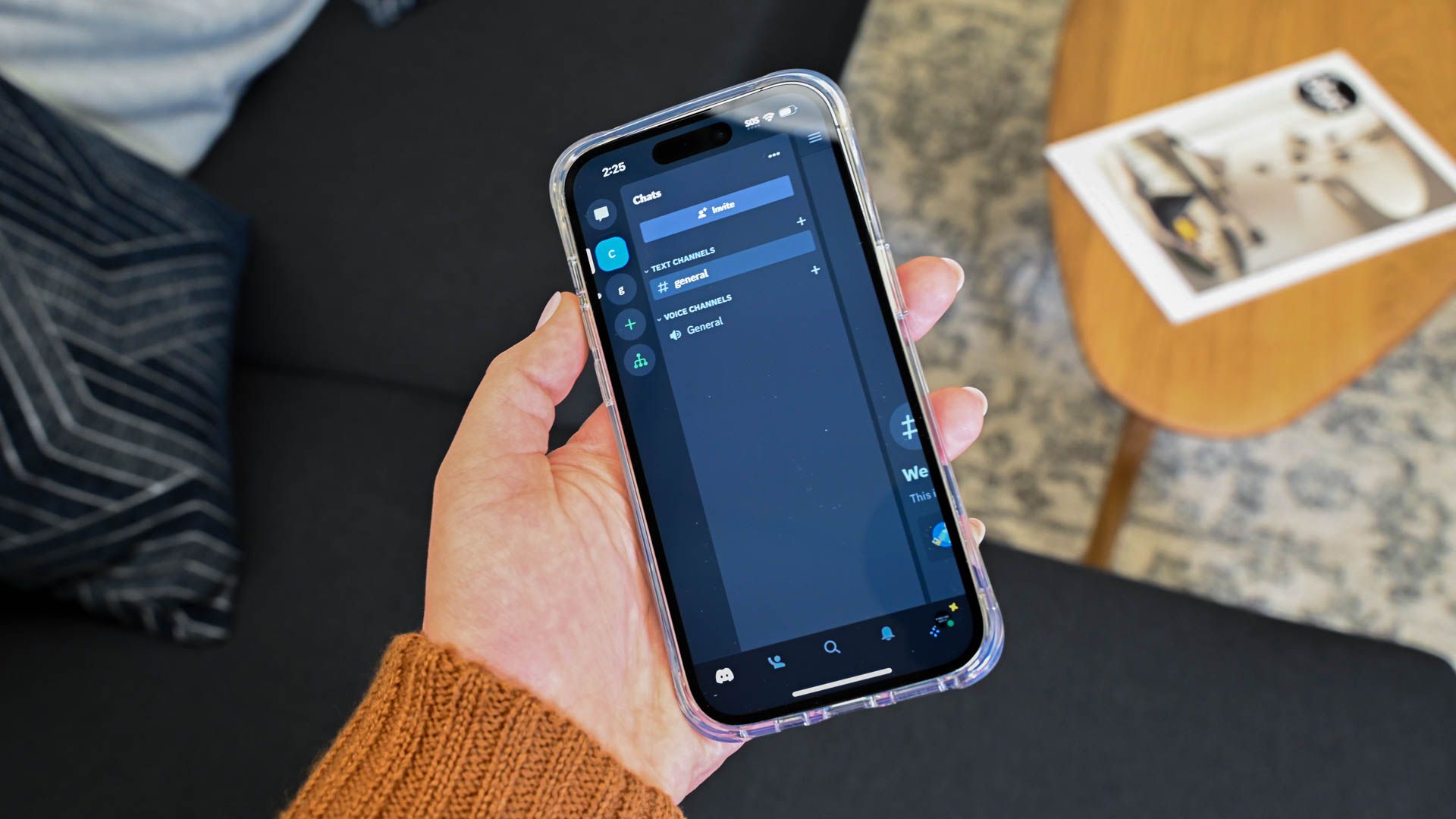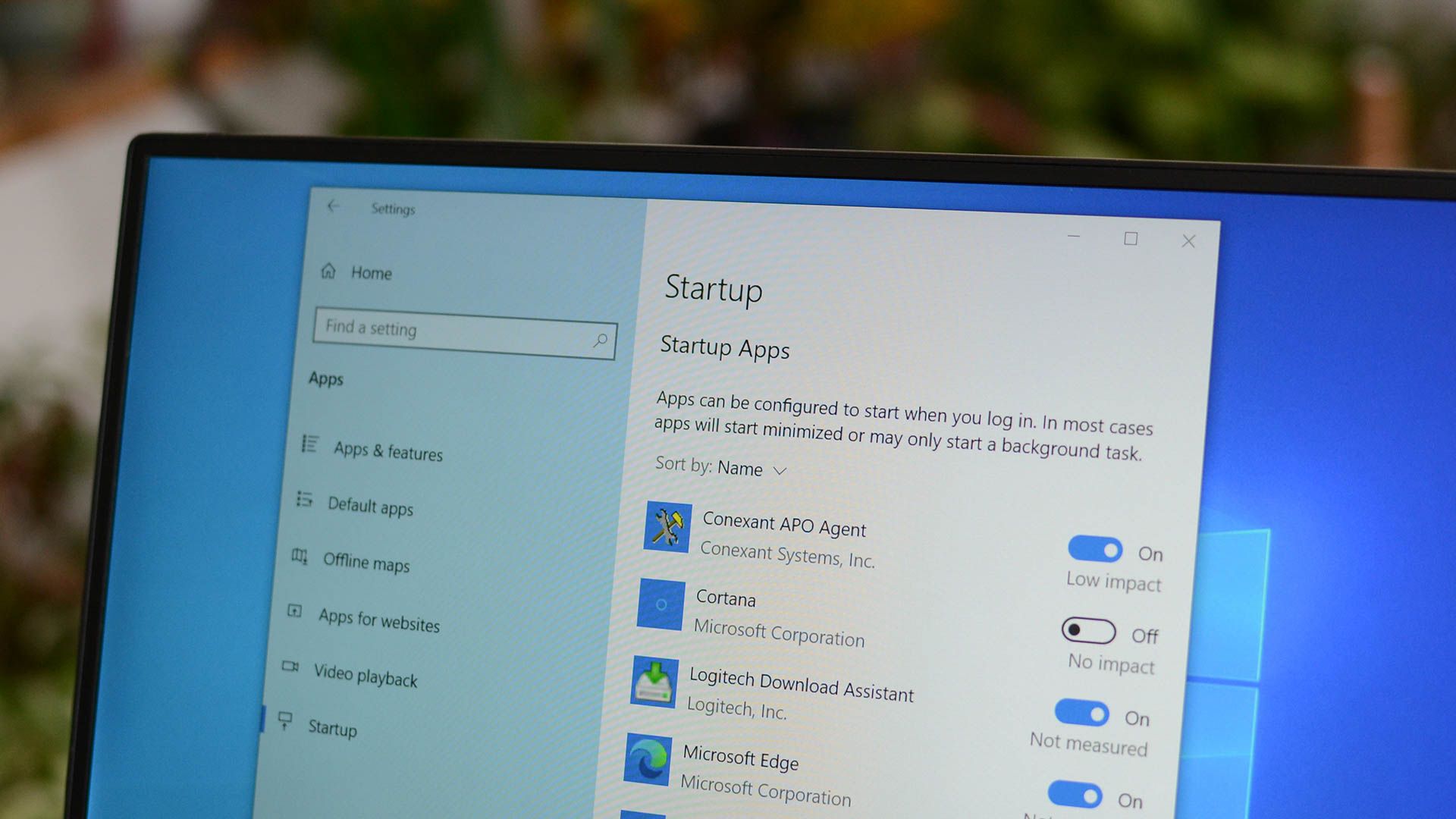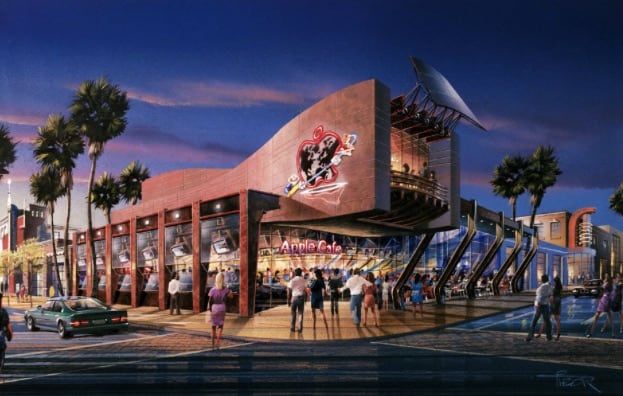

A bit like future Apple retail stores — but without the computers and iPhones for sale — the restaurants would open in cities around the world. The first, Apple says, will be a 15,000-square-foot restaurant in Los Angeles, opening in late 1997.
Spoiler alert: None of this happens.
Apple Cafe: The geek’s Planet Hollywood
Apple partnered with London company Mega Bytes International BVI for its ill-fated restaurant endeavor. The idea was, essentially, to establish a chain of high-profile cybercafes. The concept held a lot of appeal at a time when only 23% of U.S. residents enjoyed the internet at home. (Today, that figure stands at over 90%.)
At a time when theme restaurants like Planet Hollywood were going gangbusters, the concept of hooking up with a tech company — albeit an ailing one — to sell food seemed as serious as lots of dot-com era business plans.
The retro-styled Apple Cafes would boast seating for around 250 patrons. Customers would take advantage of internet connections, CD-ROM access and FaceTime-style videoconferencing between tables. Small shops within the restaurants would sell Apple merchandise and software. Alongside Los Angeles, Apple scouted potential locations in London, Paris, New York, Tokyo and Sydney.
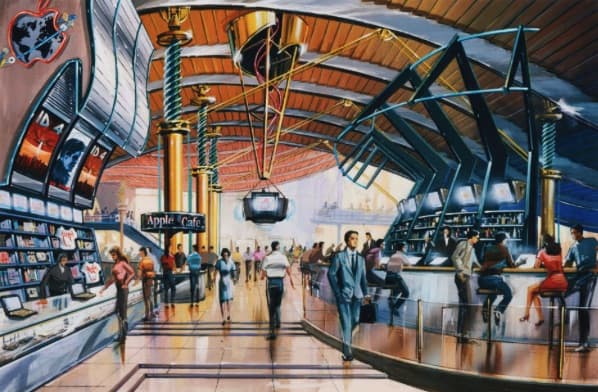
Photo: Apple/Mega Bytes
Apple Cafes: Not totally crazy
The Apple Cafe plan sounds like a wacky idea now. However, the idea of a computer company running a restaurant chain isn’t quite as obviously doomed as it might sound.
Chuck E. Cheese’s, which originally built its name on combining food, animated entertainment, and an indoor video arcade, was started in 1977 by Atari founder Nolan Bushnell — aka the person who gave Steve Jobs one of his first big breaks in the tech industry.
Apple’s plan to open theme restaurants doesn’t pan out
Ultimately, however, the Apple Cafe concept sputtered to a halt. Like Apple’s attempts to launch a videogame console and a line of personal data assistants — or to license Mac OS to other companies or build a Macintosh that was also a TV — the Apple Cafe is resigned to an era widely considered to be the “bad old days.”
The following year, Apple co-founder Jobs came back to Cupertino. He wisely streamlined all the distracting side projects in favor of building products like the colorful iMac G3.
On balance, we can’t say that’s the wrong idea. Even though we totally would have stopped by for a plate of tacOS and Jony Chive dip!
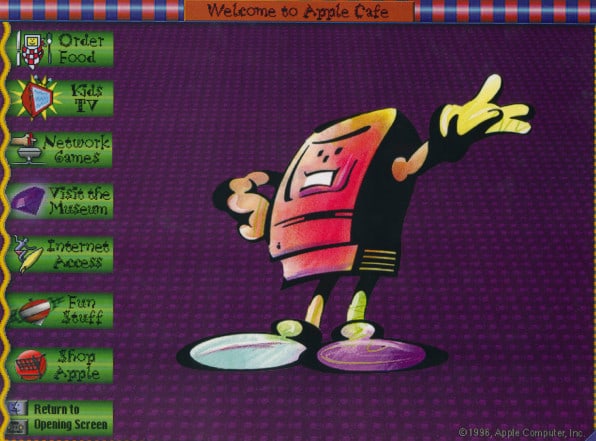
Photo: Apple/Mega Bytes

